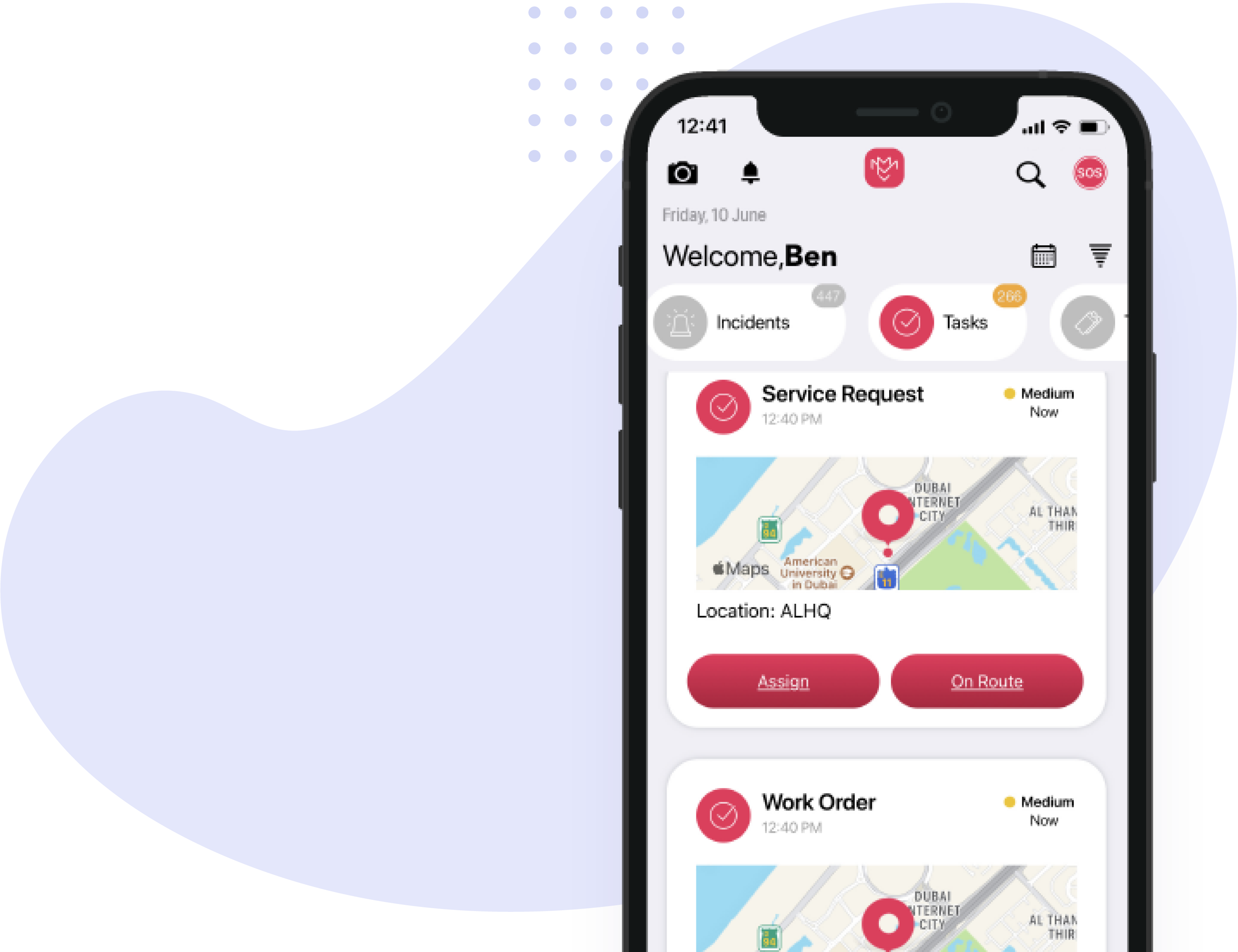During a period of significant change in field service environments, the key to remaining in demand is to develop and implement well-balanced internal processes in which your workforce’s skillset and abilities outperform the competition.
The biggest obstacle for field managers is finding ways to reduce operating costs, while simultaneously increasing the performance of the field workforce. Despite the number of popular methodologies for manual resource allocation and optimization, businesses can benefit from an alternative approach that instead focuses on long-term company success.
Long-term success requires implementing workforce optimization technology to enable field managers to stay on top of their business and mitigate potential risks while keeping their workforce motivated to perform better without adding to their daily workload.
Dynamic workforce optimization technology must include the following components:
With the right capacity planning technology in place, field managers can accurately estimate baseline capacity against service delivery commitments. It may appear simple, but the result is actionable data with improved performance metrics such as a higher number of jobs completed and a higher utilization mark, resulting in increased customer satisfaction.
After establishing a baseline capacity, the next step in the workforce optimization process is shift management. Shifts can be automatically allocated to account for individual vacations, public holidays, and sick leave in a minimum amount of time, assisting field managers by converting employee data into an optimal shift schedule.
Sentences like “Give me a minute to check availability” or “Our scheduling team will get back to you” are becoming increasingly unpopular. In contrast, client-facing apps with an instant ‘booking’ option are not only more convenient but also increase client retention and empower your workforce.
After determining the baseline and shifts, field managers can use AI workforce optimization tools to automate all planned and reactive job requests. The workforce optimization tool will tell you who is available and who is best suited for the job based on their skill set, proximity, or other determining factors.
Route Planning & Optimization
To help save travel time, some workforce optimization tools solve the problem of determining the best route. Machine Learning algorithms calculate every detail related to the job and optimize all the complexities; job priority, available resources, skillset, time window, and the best route to take for increased efficiency and productivity.
These latest technological developments free up a significant amount of time for field managers, enabling them to focus on their people and customers, and achieve the highest levels of service delivery quality.




